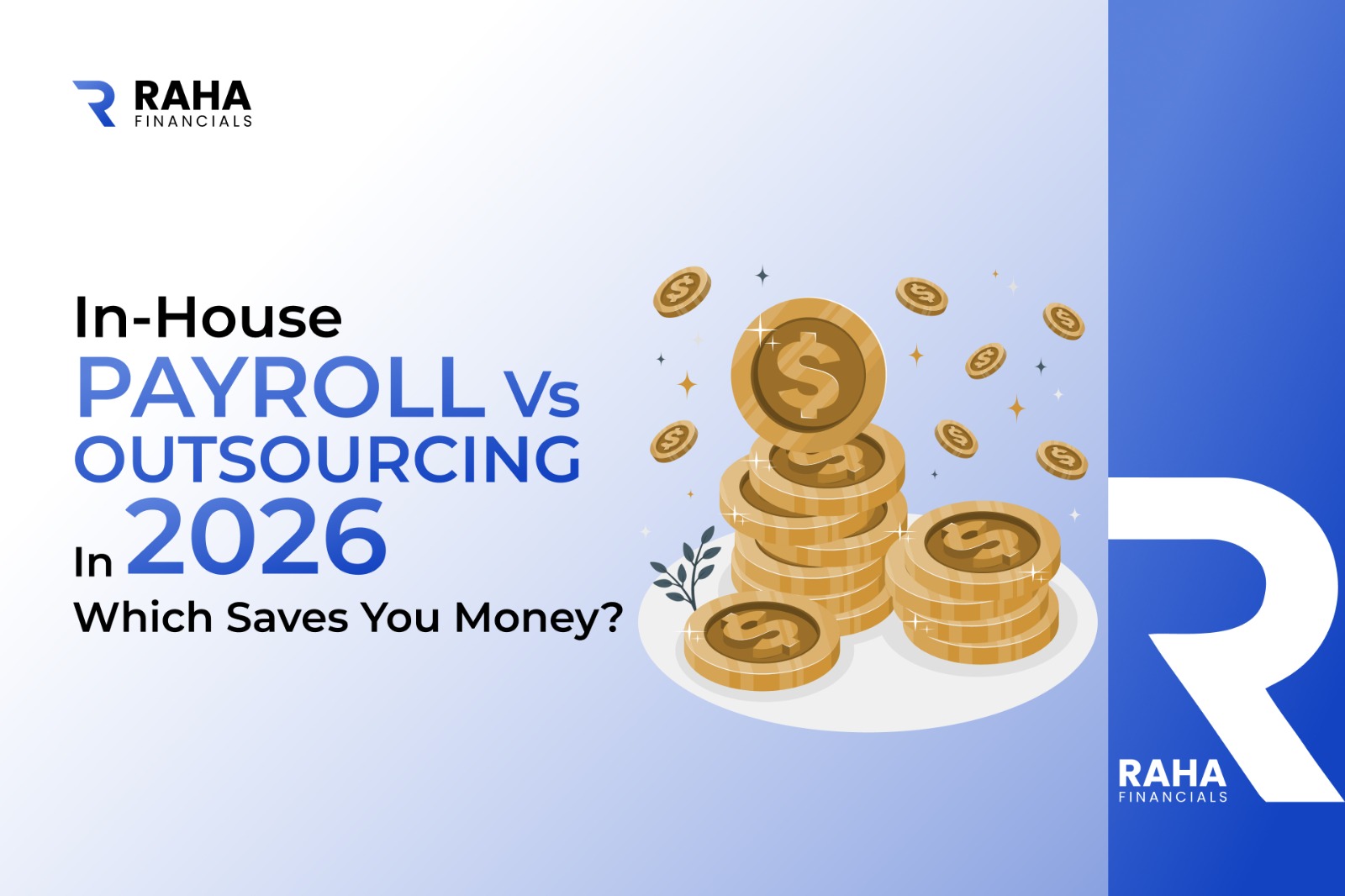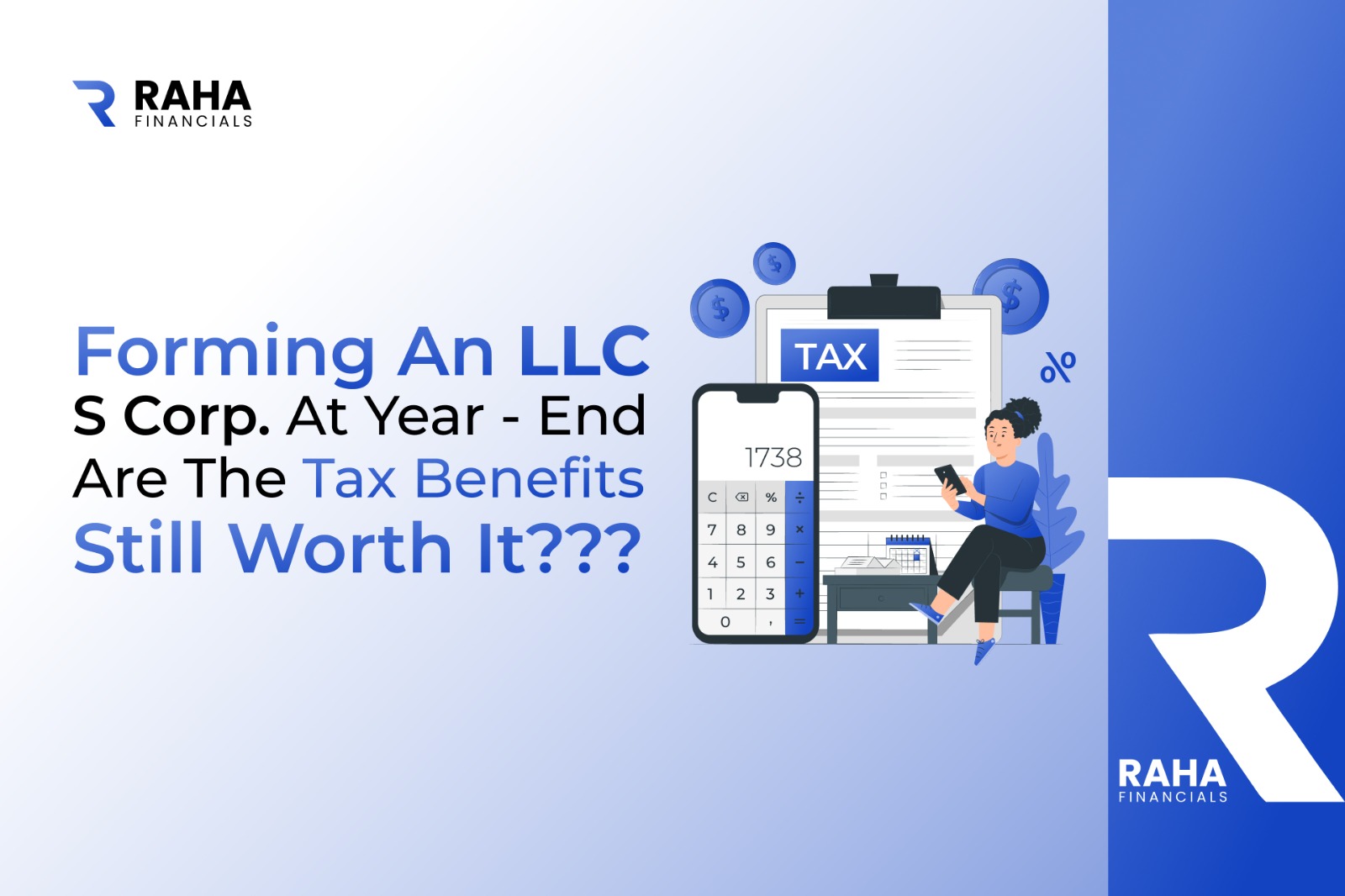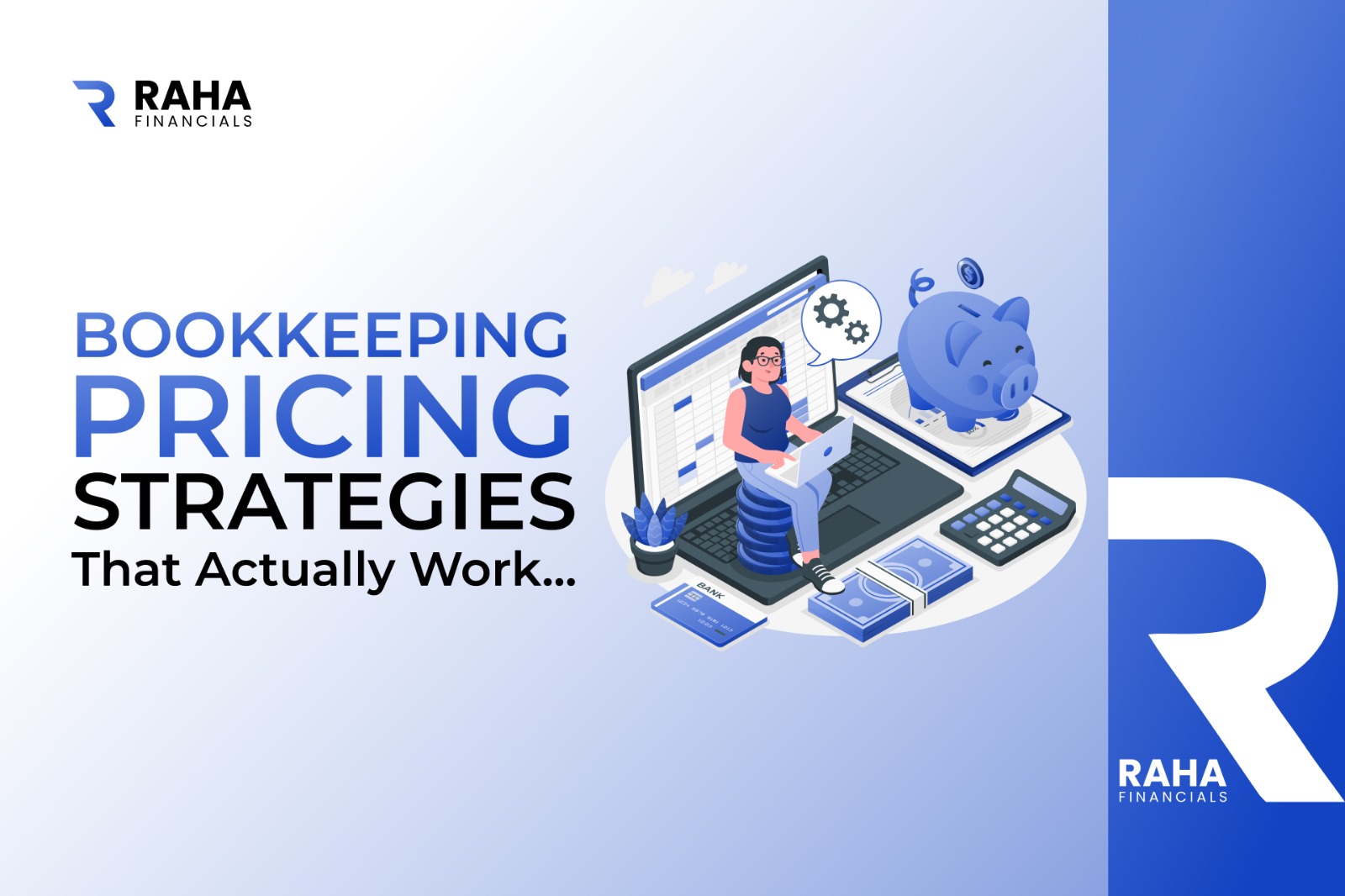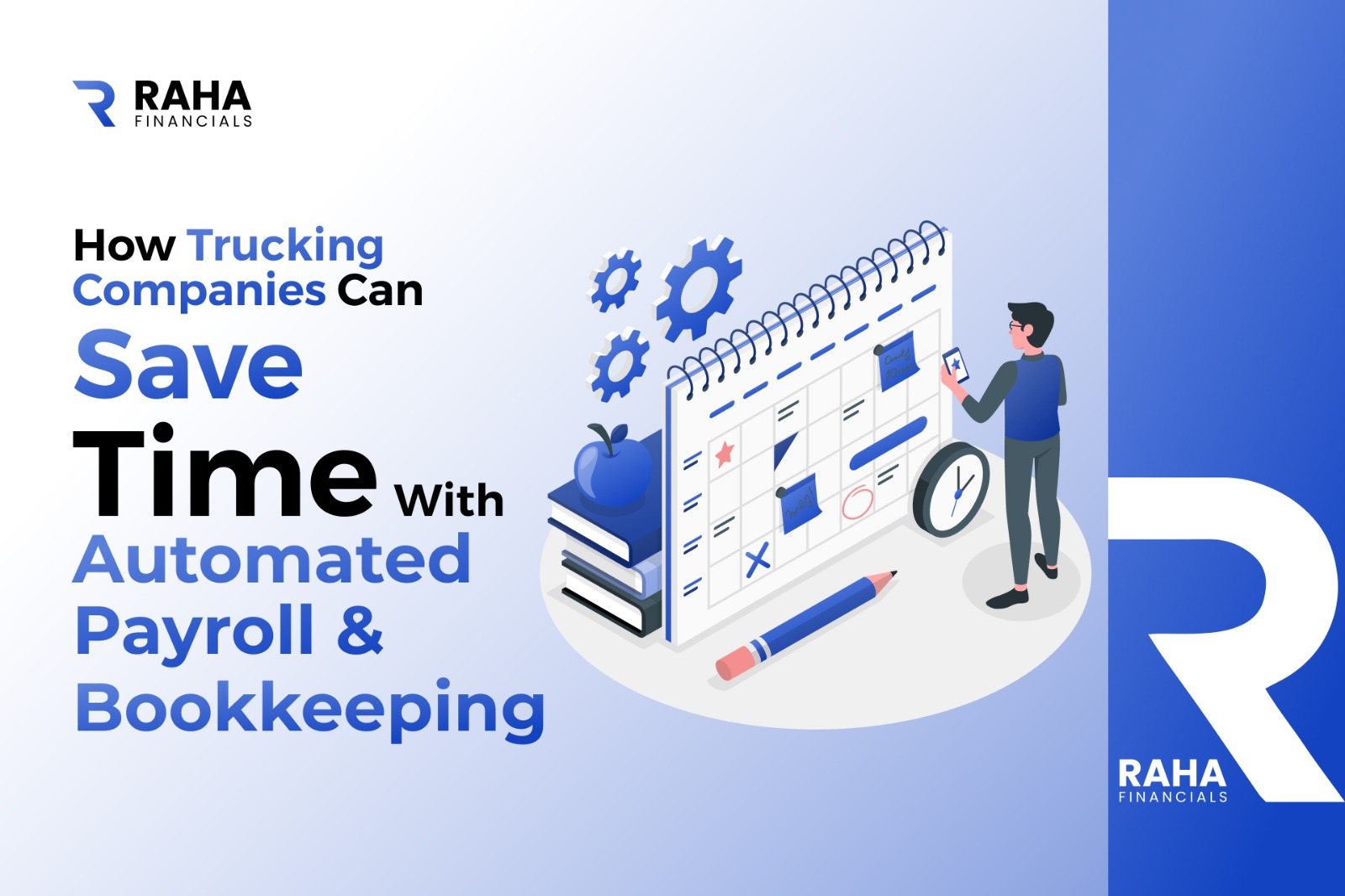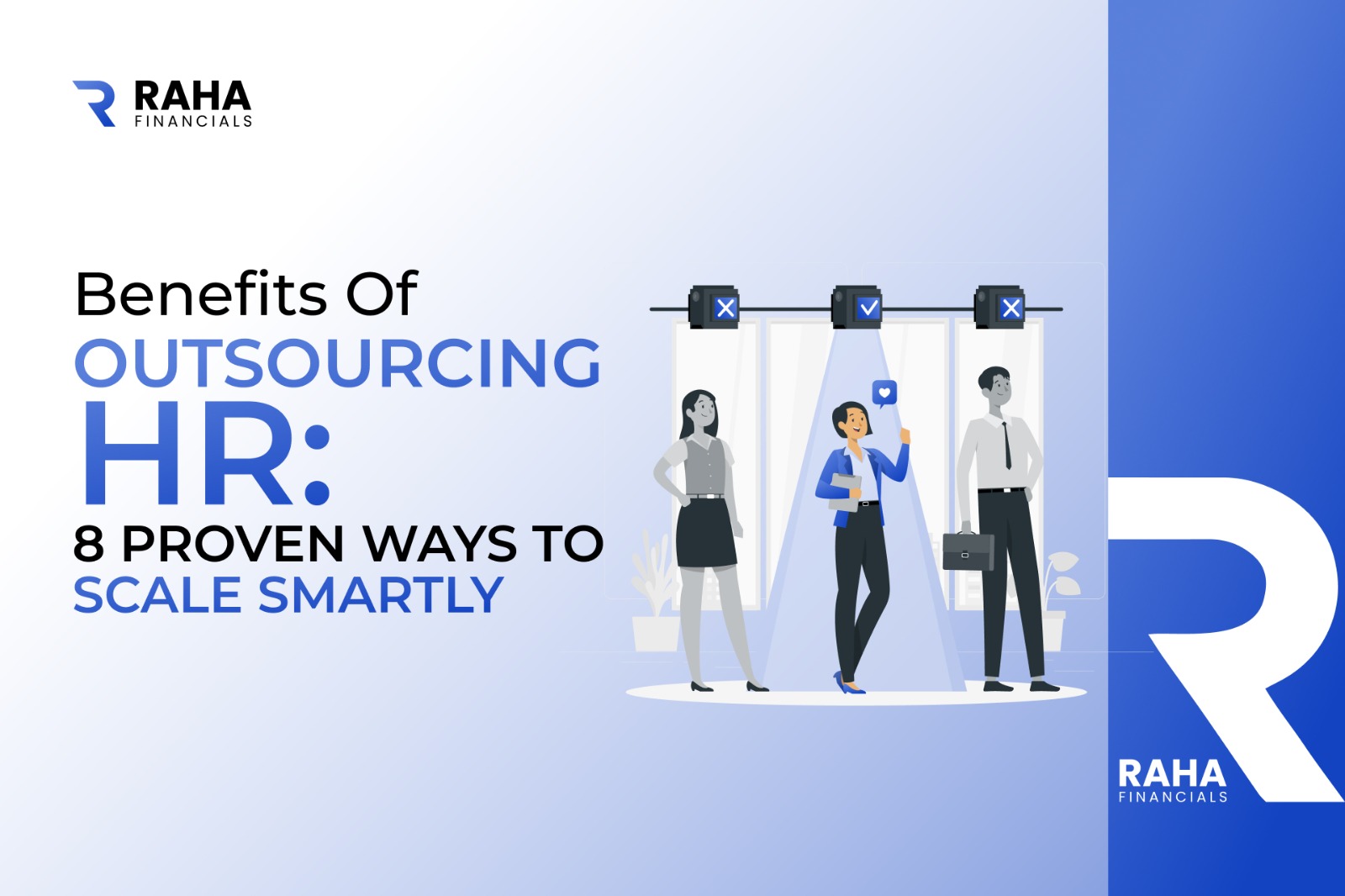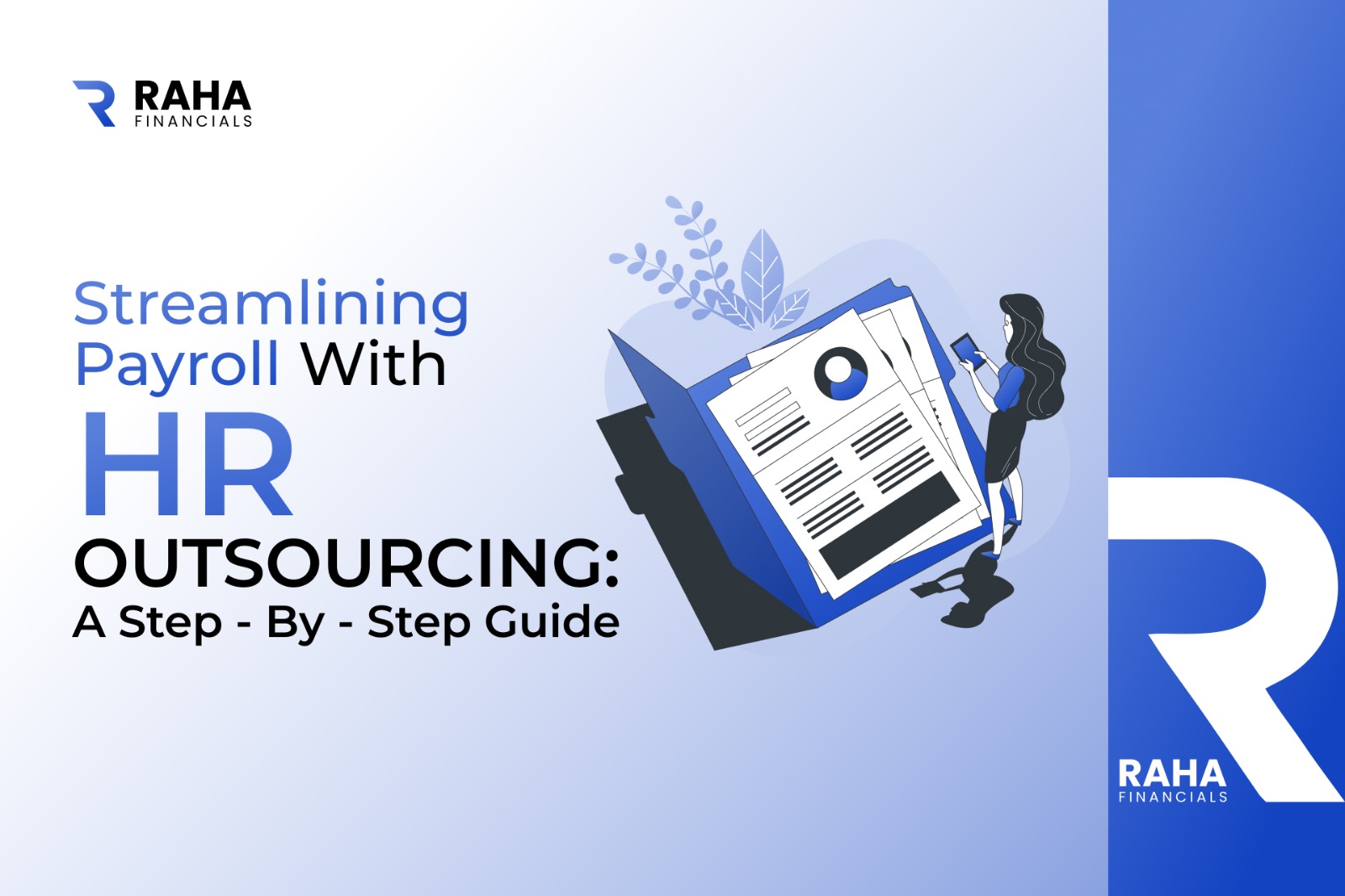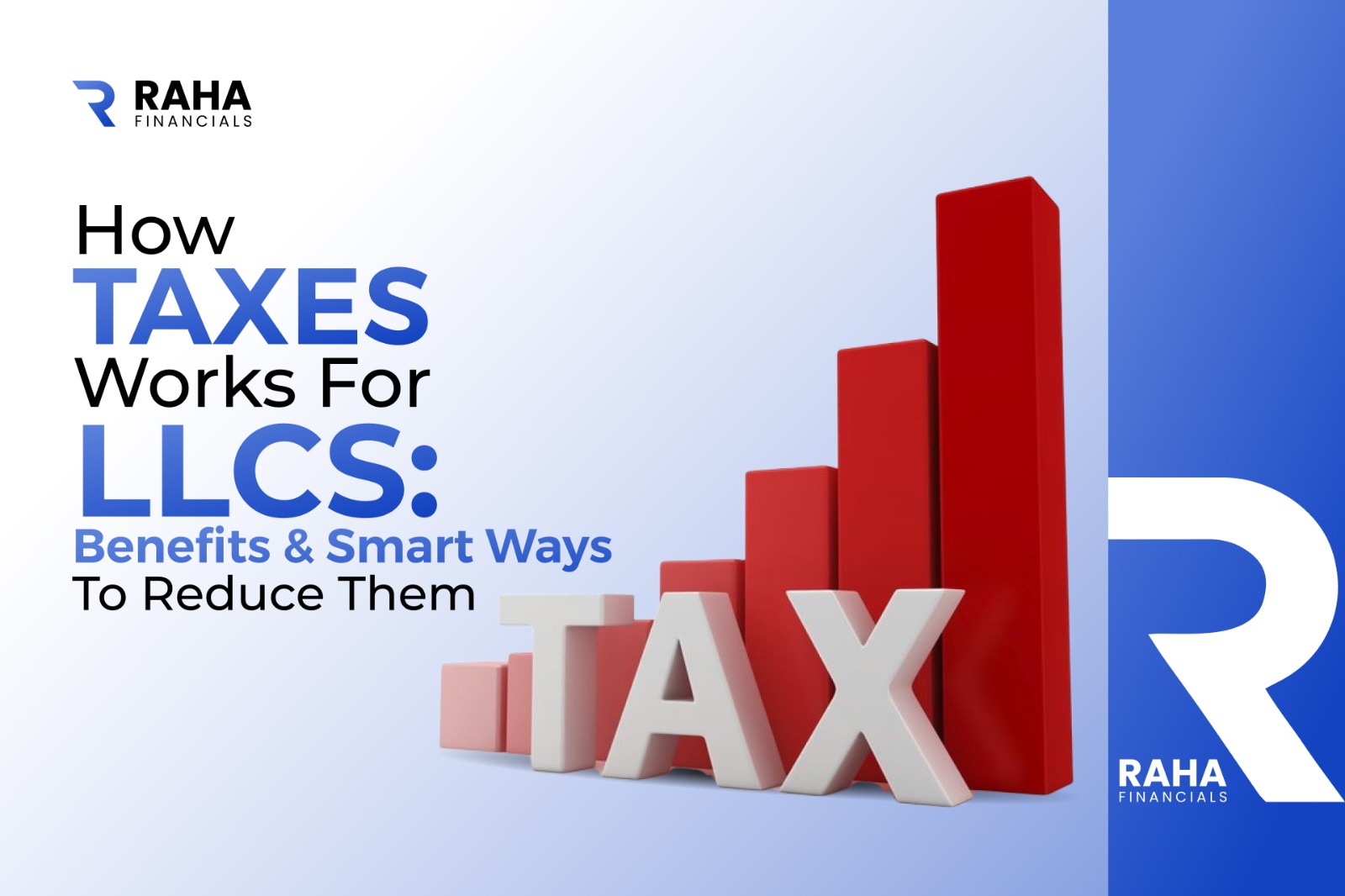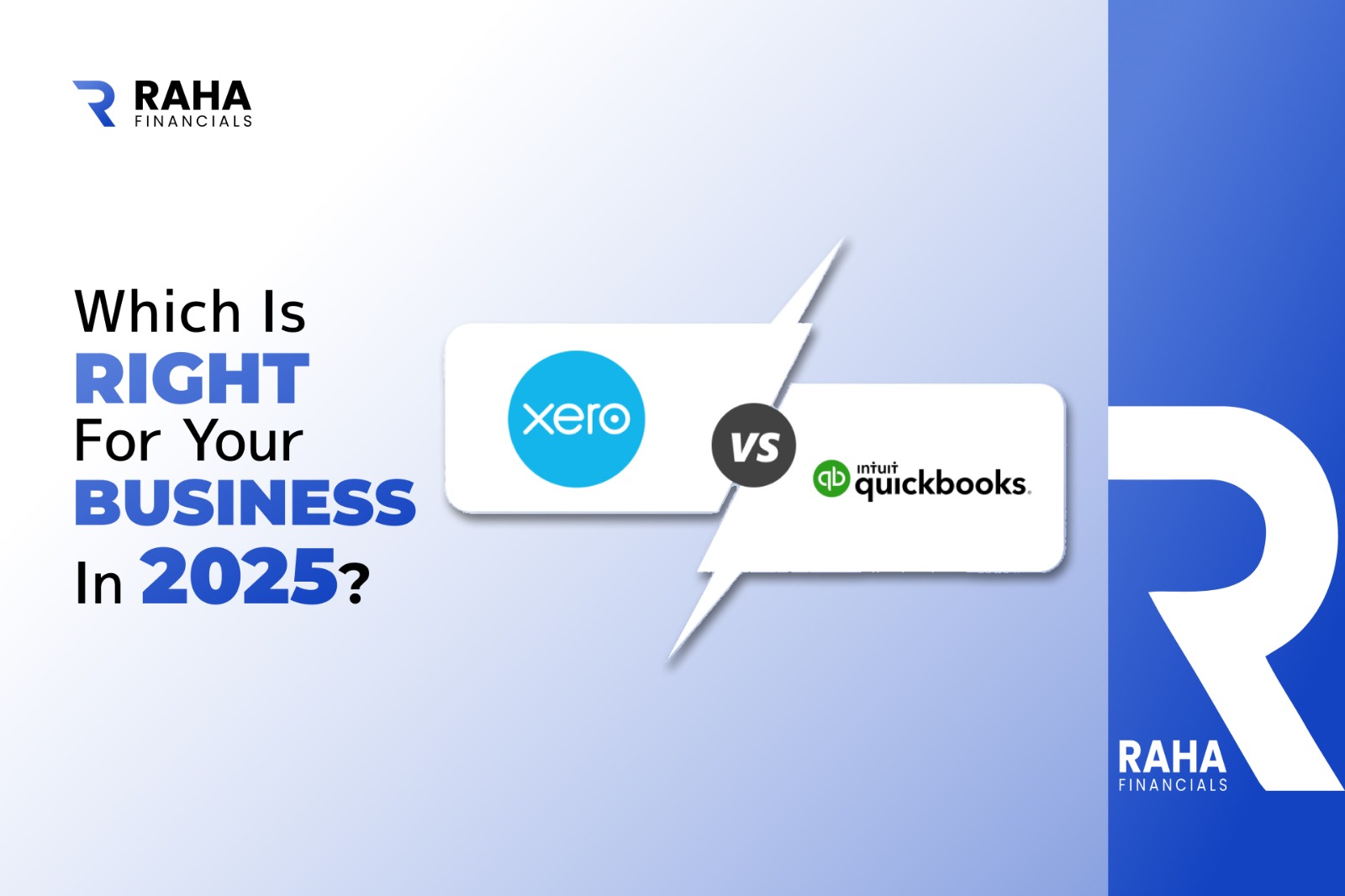Managing payroll has always been one of the most complex and time-consuming aspects of running a business. With changing compliance requirements, evolving technologies, and increasing global workforce dynamics, the debate of in-house payroll vs outsourcing in 2026 is more relevant than ever. Companies today are re-evaluating whether to invest in internal payroll teams and software or rely on specialized payroll outsourcing services to cut costs and streamline operations.
The Rising Complexity of Payroll Management in 2026
Payroll is no longer just about cutting paychecks. It now includes tax withholdings, benefits administration, employee classification, and multi-state or even international compliance. The payroll challenges in 2026 are amplified by stricter labor laws, global talent hiring, and digital transformation in HR processes. For many businesses, this raises the critical question: does it cost less to keep payroll in-house or to outsource it?
Understanding In-House Payroll Costs
Running payroll in-house means managing it through internal staff and systems. In-house payroll costs include:
- Salaries of payroll administrators or HR staff
- Software licensing fees and updates
- Training and compliance monitoring
- Risk of penalties from payroll compliance errors
Businesses using payroll software vs outsourcing often underestimate hidden costs like IT support, data security, and legal consultations to stay updated with new tax codes.
Payroll Outsourcing in 2026: What’s Changed
Payroll outsourcing 2026 looks very different from a decade ago. Modern payroll outsourcing companies now offer AI-powered accuracy, cloud-based portals, and integrations with accounting and HR platforms. These payroll management services reduce manual errors, automate tax filings, and ensure real-time compliance monitoring.
Key global payroll outsourcing trends in 2026 include:
- Expansion of outsourced payroll for remote and hybrid global teams
- Use of predictive analytics to forecast costs and compliance risks
- Growing demand for outsourced payroll for small business 2026 as SMBs seek affordable, scalable solutions
Payroll Cost Comparison 2026: In-House vs Outsourced
The payroll cost comparison 2026 shows a clear shift toward outsourcing as a cost-effective solution. While larger corporations may still manage payroll internally for control, most mid-sized and small businesses see significant payroll outsourcing cost savings by reducing overhead.
| Expense Type | In-House Payroll | Outsourced Payroll |
| Staff Salaries | High | None |
| Software & IT | High | Included in service |
| Compliance Monitoring | Ongoing | Included in service |
| Penalties & Risks | Higher | Reduced |
| Scalability | Limited | Flexible |
Payroll Compliance 2026: Why It Matters
With stricter labor laws and tax changes, payroll compliance 2026 is a top priority. Businesses face increasing payroll compliance risks if they fail to keep up with reporting deadlines, employee classification rules, or cross-border tax laws. Payroll outsourcing services minimize these risks by ensuring continuous monitoring and updates.
Benefits of Outsourcing Payroll
The benefits of outsourcing payroll go beyond cost reduction:
- Access to expert knowledge and technology
- Enhanced data security and fraud protection
- Scalability as businesses expand globally
- Reduced administrative burden for HR teams
- Compliance assurance across multiple jurisdictions
However, it’s important to consider the payroll outsourcing advantages and disadvantages. While outsourcing saves money and improves accuracy, some companies may feel a loss of control compared to in-house payroll vs outsourced payroll.
Why Outsource Payroll in 2026?
The main reasons businesses choose to outsource include:
- Lower costs compared to hiring internal payroll staff
- Elimination of penalties due to compliance errors
- Streamlined processes for growing or global teams
- Improved employee satisfaction with accurate, timely payments
For companies exploring cost-effective strategies, why outsource payroll in 2026 comes down to one fact: it allows you to focus on growth while experts handle compliance and administration.
FAQs on In-House Payroll vs Outsourcing 2026
1. Is outsourcing payroll cheaper than in-house payroll in 2026?
Yes, in most cases. When factoring in salaries, software, and compliance penalties, payroll outsourcing cost savings outweigh in-house expenses for small and mid-sized businesses.
2. What are the risks of in-house payroll in 2026?
Key risks include compliance errors, data breaches, high software costs, and limited scalability.
3. Are payroll outsourcing services suitable for small businesses?
Absolutely. Many payroll outsourcing companies offer packages tailored to outsourced payroll for small business 2026, making it affordable and efficient.
4. What is better for compliance—outsourcing or in-house payroll?
Payroll outsourcing services usually provide better compliance support due to their expertise and up-to-date monitoring of regulatory changes.
5. Can payroll outsourcing handle global employees?
Yes, thanks to global payroll outsourcing trends, many providers now support multi-country compliance and cross-border tax management.
Conclusion: In-House Payroll vs Outsourcing in 2026
The debate of in-house payroll vs outsourcing in 2026 is ultimately about efficiency and cost savings. While in-house may suit large corporations seeking control, outsourcing offers superior scalability, compliance, and reduced expenses for most businesses. As payroll complexities grow, outsourcing emerges as the smarter long-term investment.
Ready to Save on Payroll Costs in 2026?
If you’re still handling payroll in-house and worried about rising compliance risks and costs, it may be time to switch. Explore our payroll management services and discover how payroll outsourcing companies can help you achieve seamless compliance, accuracy, and cost savings.
Contact us today to get a customized payroll cost comparison 2026 and see how much your business can save with outsourcing.
